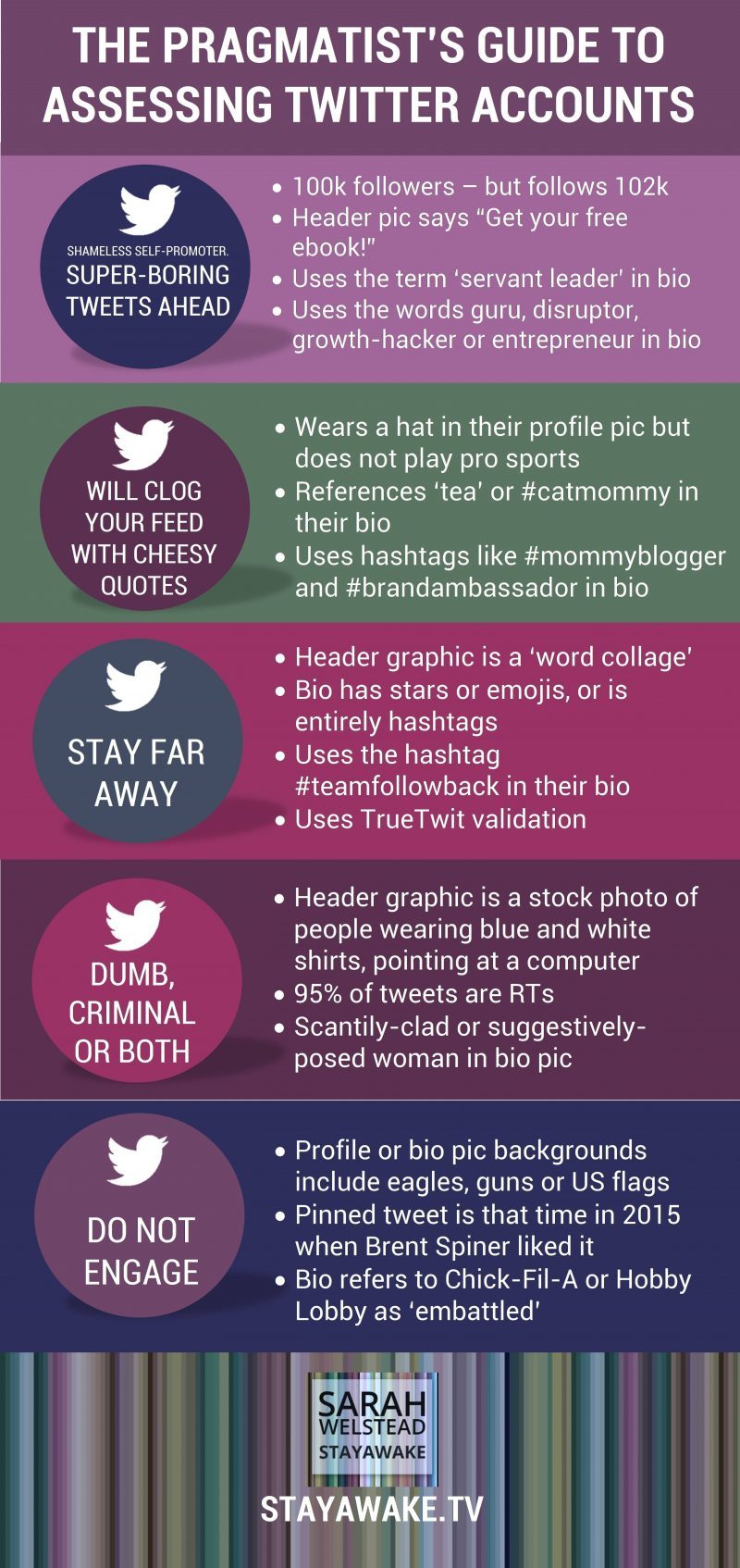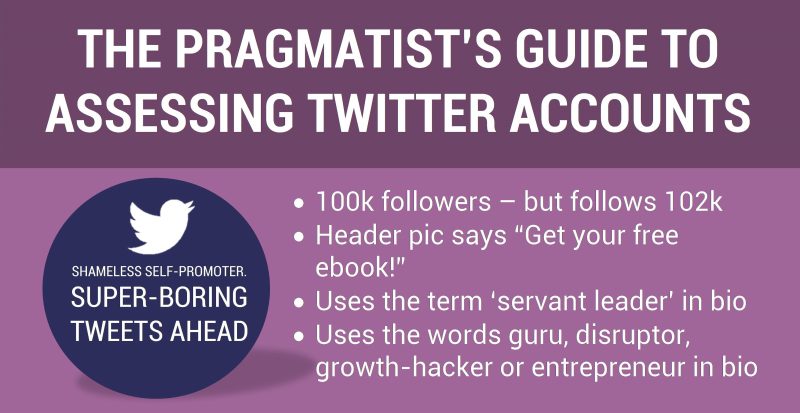Yeah, it’s been a hot minute.
Most of the time I feel like the Plato’s chair of that cobbler’s children thing: I churn out all kinds of content for other people, all day long, and yet my own blog sits here like a single 38-year-old straight woman who keeps having to go to bridal showers and remind herself that it’s better to be alone than to be with the wrong person.
It’s hard for me to keep telling clients that content and social media and consistency and ‘SEO blah blah blah is so important when I can’t get it together to write a blog post in 5 months. (Confidential to clients: Do as I say, not as I do.) So here is a post.
Some days, I feel like I live on Twitter.
These days, I manage a lot of social media accounts – about 90, all told, with about 30 of those being Twitter. I know Twitter gets a bad rap in some quarters, but I’ve always liked it. There are some fantastic writers (comedic and otherwise) who use it to great effect; it’s a good place to learn about breaking news; it can be an excellent way to stay on top of pop culture; and every so often you have a conversation with someone who’s both interesting and thought-provoking, and a whole other train of thought opens up to you. And it can be a great tool for businesses, brands and people to build awareness, word-of-mouth, thought leadership and networks.
(For writers, BTW, tweeting on behalf of others is a fantastic crash-course in mastering ‘voice’. Twitter only works when it seems authentic, so being able to accurately create or mimic the voice of your clients is crucial – and actually a lot of fun. For me, anyway.)
However, Twitter can also be a scary, soul-sucking morass of despair, especially when you fall down a Trump/#MAGA/anti-vaxxer/prepper rabbit hole or stumble into a thread of rabid Bill Cosby defenders.
Luckily, I’ve learned a few things in the past 8+ years that I’ve been tweeting for myself or on behalf of clients. And today, I will share them with you! In a handy infographic format that you will be sure to like and share!
This isn’t comprehensive, but it’ll help you avoid the worst of Twitter and learn to like it again.


